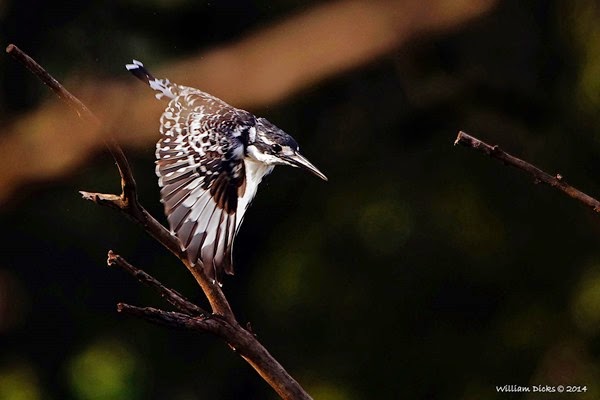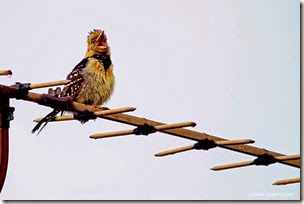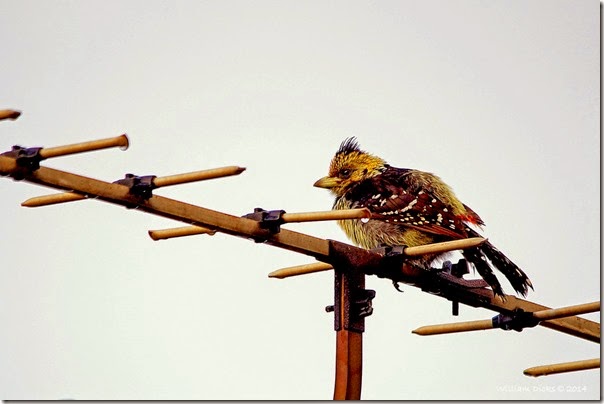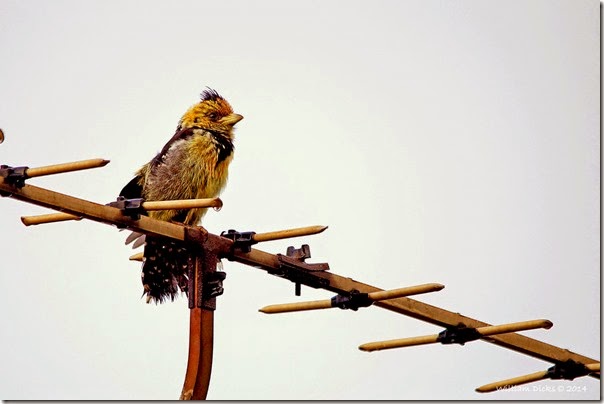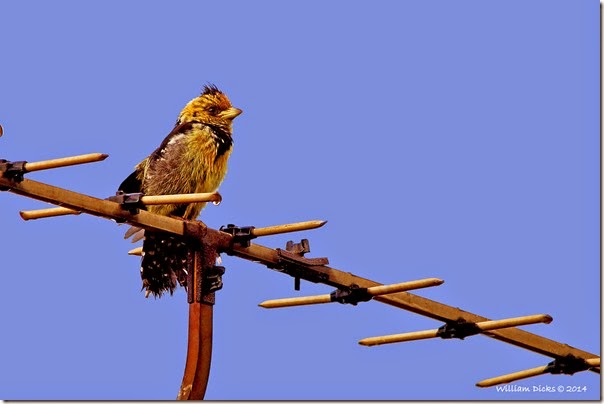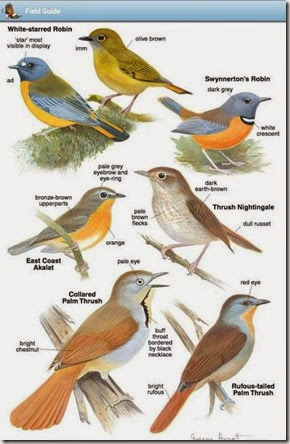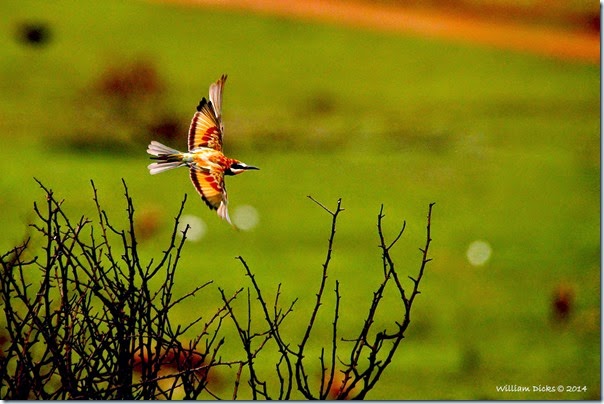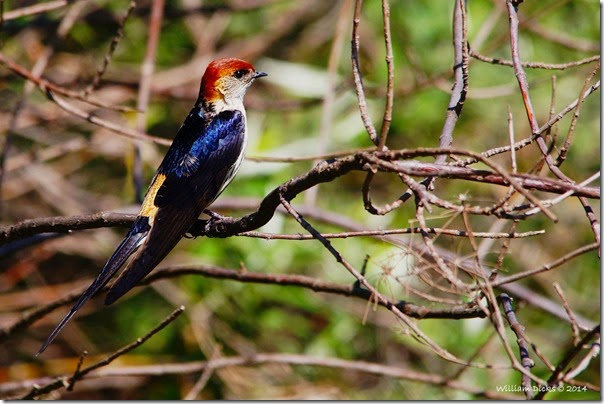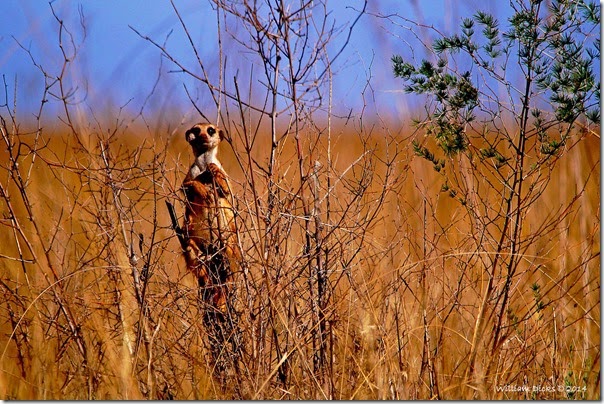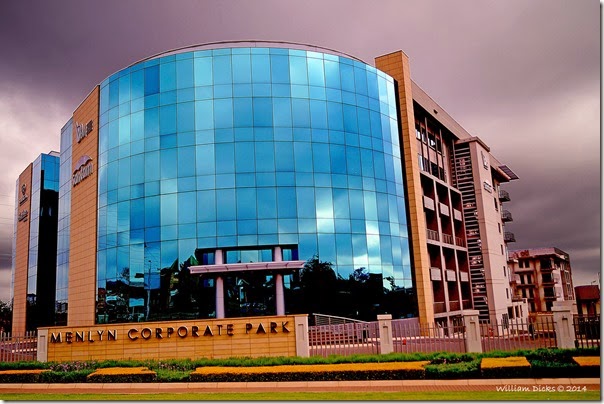I finally got to visit the Marievale Bird Sanctuary (MBS) which is an Important Bird Area (IBA SA021). I heard about the place earlier this year when my wife—who is a teacher of grade 4 to 6—taught her pupils about it. In one of the subjects she teaches, the lesson was on the Blesbokspruit RAMSAR site. MBS lies in the southern half of this RAMSAR site.
Ramsar sites—of which there are 20 currently in South Africa—are wetlands of international importance and are classified according to certain important criteria:
- their conservation of biodiversity
- support of endangered species
- support of plant or animal species during critical stages in their life-cycle
- provision of a food source, nursery and spawning ground for fish.
BirdLife South Africa has recorded at least 286 species, 78 of which are waterbirds in the Blesbokspruit wetlands.
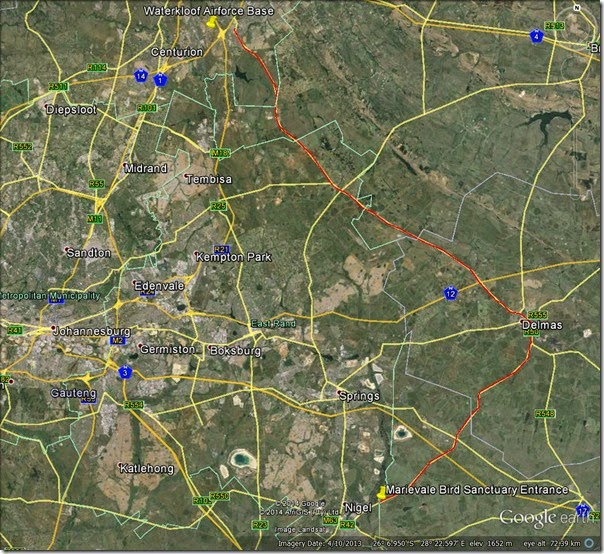 With the December holidays coming up I decided to plan to pay MBS a visit. With all the rain we’ve been having that didn’t happen until 21 December 2014 (this past weekend). I invited my wife to join me, and to my joy, she accepted. I usually don’t take the family on photo shoots with me, since they could become long extended times of sitting in a spot waiting. This tests patience severely.
With the December holidays coming up I decided to plan to pay MBS a visit. With all the rain we’ve been having that didn’t happen until 21 December 2014 (this past weekend). I invited my wife to join me, and to my joy, she accepted. I usually don’t take the family on photo shoots with me, since they could become long extended times of sitting in a spot waiting. This tests patience severely.
We woke up at 05:30 and left home in Pretoria between 06:30 and 06:45. I had to first feed the animals, before we left. The distance is about 95Km (59mi). The road is fairly fine up until just before Delmas where it starts deteriorating. From there to MBS there are potholes every now and again on the road. It is really not that bad that you should rather take another route. The driver must just not be a sleepy head!
What was annoying, though (and I use annoying as a euphemism here), is that there was no road sign to indicate where the turn off was towards MBS (R42 Nigel). So, I ended up driving about 15Km past Delmas when I decided to turn back. I was sure that the R42 wasn’t that far after Delmas. From the Leandra side there was a sign indicating R42 Nigel.
We eventually arrived at MBS at around 08:00! The place is big, especially considering that you do not travel fast inside MBS. The speed limit is 30Km/h. I don’t know whoever reaches that speed! We were there slightly more than four hours, and I think we only covered about half of the place. There are little roads all over the place. There are sections that they close every now and again due to flooding, but this time all roads were accessible. There are bird hides at regular intervals. It is possible to stop the car somewhere and then to walk wherever you want to go, but on a hot and sunny day like Sunday, you could get burnt to a cinder!
The bird hides are well set out and at some of them it is like being in paradise! The water is clear in most places and you can even see the water plants under the water level moving with the movement of the water.
It is free to enter MBS (donations are welcome) and you can even plan to overnight there. They have chalets for R60-00 per person per night. This would be ideal! You could get up and be out among the birds, water and reeds as early as you want. You could also then be there till fairly late.
I have been told by other visitors to MBS that it may not be a good idea to go there during the week if you plan to go alone. There have been a few incidents of robberies in the past, and I stress FEW! During the weekends there are usually more people around, and would then be considered safe.
I hope that whoever reads this blog post, and has the means, would visit MBS! I am planning to go back! Directions from Pretoria East can be found here.
Here are some photographs I took while there:





